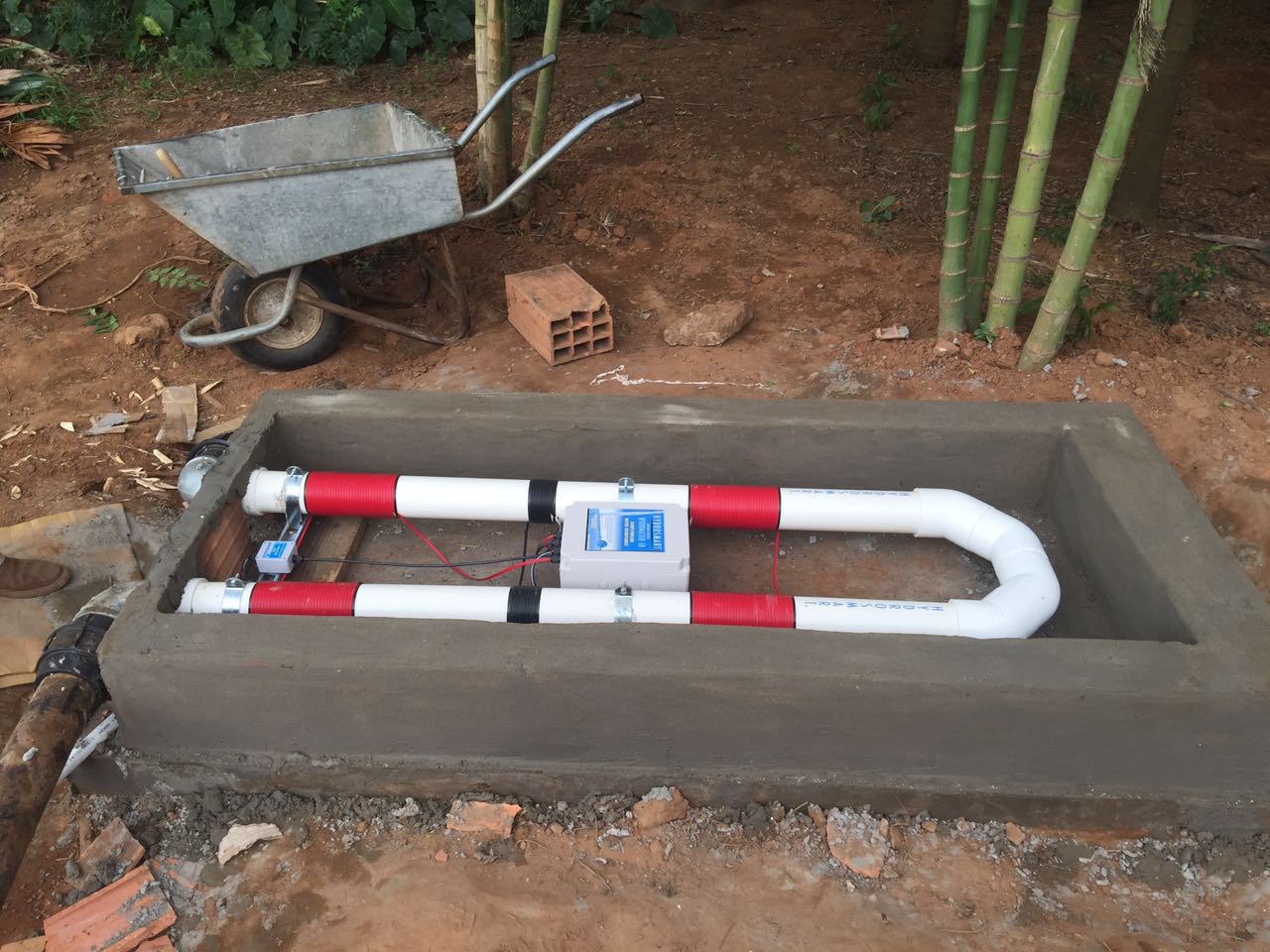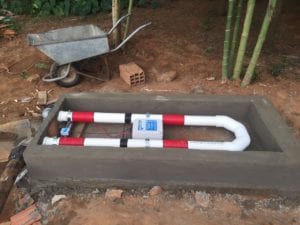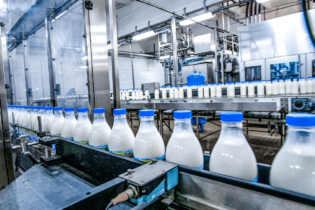
The device sits on the outside of water pipes and a series of frequencies break down scaling in pipes and taps. Picture: The Lead South Australia.
While SA’s drought has lasted two and a half years, Australia has seen a slight turnaround in average rainfall figures. September has been a particularly wet month according to the Australian Government’s Bureau of Meteorology, and the higher rainfall has resulted in higher saline and alkaline levels.
However, water treatment chemicals and filters are being pushed out the pipeline to make way for a new device that fits on the outside of pipes.
The device was invented by Hydrosmart in Adelaide, South Australia, one of the driest regions in the world. It was designed to treat water without the use of chemicals or filters.
“We’re a water conditioning business that doesn’t use filters, chemicals or purifiers,” Paul Pearce, managing director at Hydrosmart said.
How the device works
The microprocesser unit consists of an antennae wound in a metal coil that emits a series of computer-generated frequencies to break down scaling in pipes, taps and containers.
Pearce explained that water infrastructure contains minerals such as calcium or iron that pass through the water in the pipes. These chemicals can bond together and block pipes.
The frequencies and pulses from the device pass through the coil to charge the water externally. This charge changes the behaviour of the water and disrupts the bonds shared between minerals. This process results in calcium, iron and gypsum scale being dissolving off water pipes.
It also helps to reduce the size of mineral build-up when water passes through taps or showerheads which has previously resulted in damaged hair and irritated skin.
Putting the device to use
The device was installed at a hotel in the Pacific island of Tonga.
“For many places, like Tonga, there are often limestone aquifers where the water is high in calcium and things like filters don’t dissolve salts – this affects soil, plants, pipes, plumbing and washing machines,” Pearce said.
“We can make salty water soft and useful for irrigation instead of it causing plant problems and scale,” he added.
Pearce explained that normally salt restricted the water intake but research has shown that by changing the charge, salt can move away from the roots of the plant and deeper through the soil profile, so plants can continue drinking, even during hot days.
Innovative, cost-effective technology
Pearce described the technology as being “ahead of the curve”. “People look at consumable technologies or water softeners for pulling calcium out but you need a lot of power to achieve those outcomes,” he added.
The microprocessor was developed to use approximately AU$10 (roughly R108.00) worth of electricity a year, which in most cases, uses less power than a standard light bulb.
The device recently found its way to Asian countries, including Bangladesh and has the capacity to work year-round, provided it remains activated.









